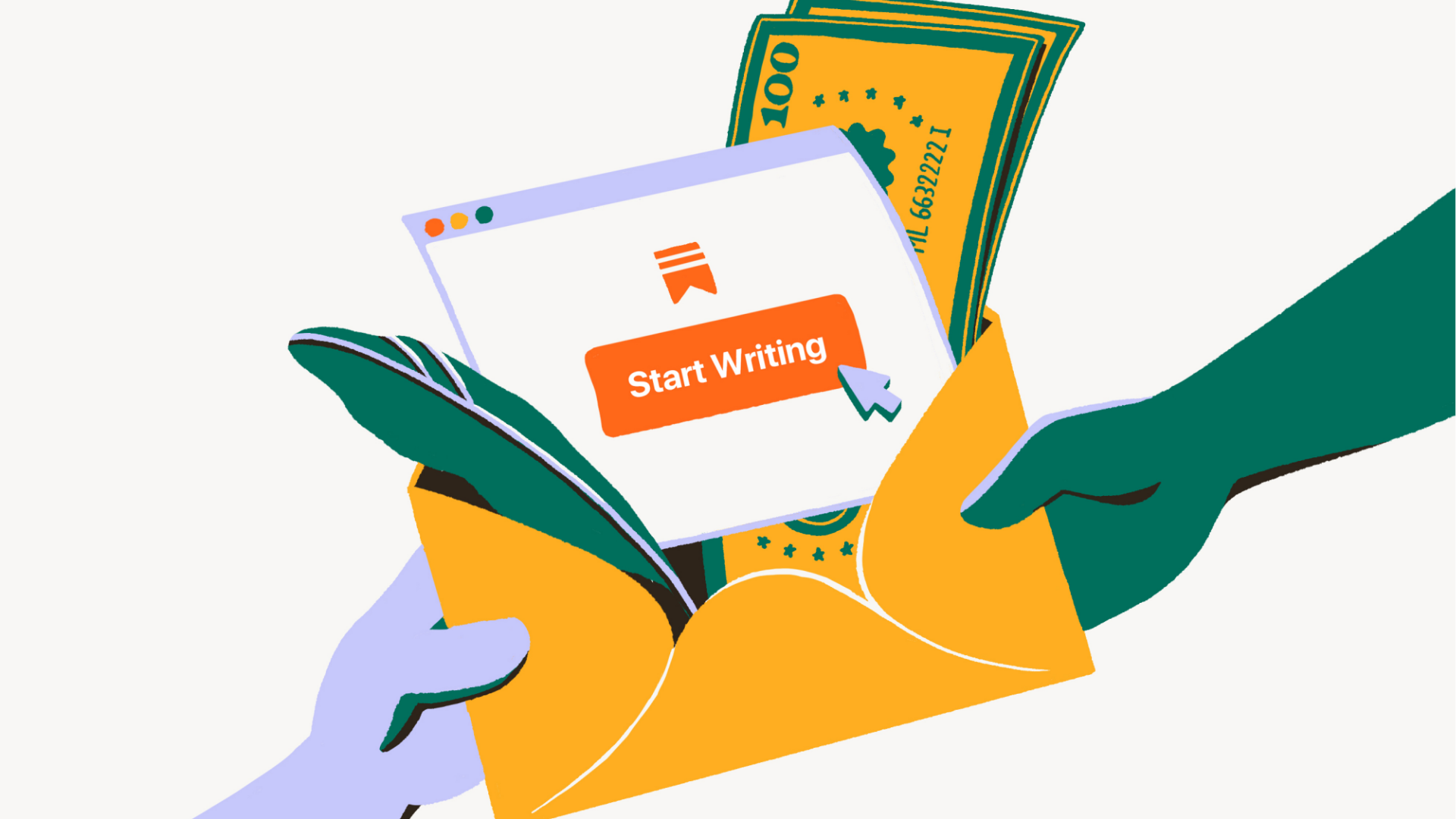Substack's Ticking Time Bomb

Substack’s newsletter revolution isn’t all it seems. Behind the creative freedom lies a venture capital engine driven by controversy and growth-at-all-costs. Can independent journalism really thrive under VC pressure?
One by one, the journalists and writers we've admired for years are announcing their departure from traditional media outlets. They're striking out on their own, armed with nothing but their laptops and a shiny new Substack account. It's a mass exodus, a digital gold rush where everyone's racing to stake their claim in the promised land of independent publishing.
And I get it.
I'm a huge advocate for indie journalism.
No more editorial overlords, no more corporate bureaucracy, just pure, unadulterated creative freedom. Write what you want, when you want, and get paid directly by your adoring readers.
To be honest, I'm right there with 'em. It's what I'm trying to build myself.
But the hard truth is that the Substack revolution - such as it is - can never be sustainable.
This isn't about the quality of the writing or the dedication of the authors. The issue lies much deeper, in the foundation of the platform itself.
The Venture Capital Veil
I'm not here to piss on anyone's parade.
If you're one of those writers who've managed to carve out a comfortable niche on Substack, more power to you.
But Substack, like far too many tech startups, was built on venture capital. And venture capitalists aren't in the business of fostering a thriving, diverse media landscape. They're in the business of making obscene amounts of money.
Period.
Substack didn't just appear out of thin air, offering a neutral platform for all voices. They had a strategy. And that strategy involved deliberately courting and subsidizing some of the most controversial voices out there. We're talking about writers whose views would make your average editorial board break out in hives.
Why?
Because controversy sells.
Outrage drives engagement.
And engagement justifies VC money.
The Numbers Game
Even with all the buzz, all the subscriptions, all the newsletter empires being built, the numbers just don't add up. The revenues generated by Substack's top writers, impressive as they may be, can't possibly justify the astronomical valuations that VCs have poured into the company.
So, what happens when the venture capital well runs dry? When the investors start demanding returns on their investment? That's when the other shoe drops.
The Platform's True Nature
Substack has always been more than just a newsletter tool. It's a closed social media service in disguise. And as the pressure to monetize intensifies, we're going to see the mask slip. Ads will start creeping in, prices will go up, and suddenly, that email list you've been building? It might not be as portable as you thought.
The platform will start pushing writers to keep their audience engagement within their walled garden. "Follow" buttons will multiply like rabbits, each click tightening the screws of platform dependency.
Substack Notes is the preview of this.
Before you know it, you're not an independent writer anymore – you're a content creator trapped in yet another digital ecosystem.
The Cost of "Free"
Nothing in this world is truly free, especially not in tech. If you're not paying for the product, you are the product. And in Substack's case, both the writers and the readers are the product being sold to investors and advertisers.
The new alternative media landscape is thriving in many ways. Writers are finding audiences, important stories are being told, and fresh perspectives are reaching eager readers.
The problem isn't with the concept of independent publishing. It's with the specific model that Substack represents – a VC-funded, growth-at-all-costs approach that prioritizes engagement and controversy over sustainable, responsible journalism.
Shaping the Future of Media
The proliferation of newsletters on Substack raises a critical question: How many paid subscriptions can the market sustain? This isn't just about individual readers' budgets or interests. It's about the fundamental economics of a venture capital-backed platform.
Substack's VC funding creates a relentless pressure for growth, which translates into a push for more writers, more newsletters, and more subscriptions. But this growth imperative ignores the reality of limited reader attention and wallets. As the number of newsletters increases, the competition for subscribers intensifies, leading to a race to the bottom in terms of pricing and content quality.
Meanwhile, the platform's structure, driven by the need for rapid growth and high engagement metrics, inherently favors a small percentage of writers who can deliver results. It's not dissimilar to YouTube in that regard. And it creates a winner-takes-all dynamic where a handful of newsletters capture the majority of attention and revenue.
This dynamic serves Substack's VC-driven business model but it undermines the original premise of sustainable independent journalism. It's a system designed to produce a few stars and a long tail of struggling writers, all while generating the user growth and engagement metrics that justify further investment rounds.
The future of media isn't going to be decided by any single platform or business model. It's going to be shaped by the collective choices we make as creators and consumers. By the stories we choose to tell, the voices we amplify, and the systems we choose to support.
The Substack gold rush might be unsustainable, but the human desire for authentic, meaningful content isn't going anywhere. The question is, how will we fulfill that desire in a way that doesn't just serve the interests of venture capitalists and controversy merchants?
Discussion